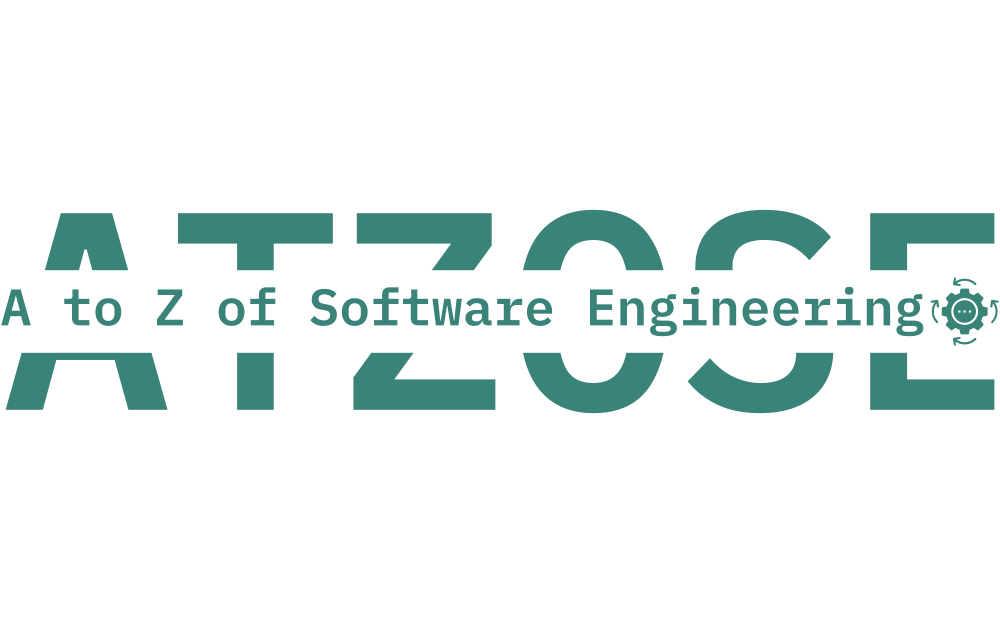Introduction:
Scope creep, the sneaky and relentless enemy of project managers, lies in wait to ambush even the most carefully orchestrated IT projects. This insidious occurrence rears its head when project requirements bloat beyond their initial confines, paving the way for unforeseen hurdles and entanglements. This article will plunge into the complexities of managing abrupt scope creep in IT projects, furnishing tangible perspectives and tactics to traverse through these tumultuous seas.
Understanding Scope Creep:
Scope creep is like a sneaky intruder, slowly but surely expanding the boundaries of a project without anyone even noticing. It happens when stakeholders can’t make up their minds, project goals keep shifting, or the initial requirements were just too fuzzy. Catching the warning signs of scope creep early on is absolutely essential to stop it in its tracks.
To truly grasp the insidious nature of scope creep, project managers must wholeheartedly embrace stakeholder involvement from the project’s very inception. Meticulously orchestrating extensive requirements gathering sessions and guaranteeing that every single project team member is unwaveringly clear on the project’s objectives and limitations is absolutely vital. Continuously revising and enhancing requirements documentation to accommodate changes, and actively enlisting stakeholders in the change management process, is non-negotiable.
Establishing Clear Requirements:
The cornerstone of every triumphant IT project hinges on precisely outlined and meticulously documented requirements. Well-articulated requirements act as a steadfast guidepost throughout the project’s journey, thwarting any potential for misinterpretations and confusions. It’s imperative to involve stakeholders, including end-users, in the process of gathering requirements to ensure that their expectations are captured with precision.
Additionally, project managers better get their act together and start implementing a systematic approach to requirements management. This means they must get cracking on creating a Requirements Traceability Matrix (RTM) to tie requirements to project deliverables and set up a change control board to actually take charge and approve any changes to the project scope.
Robust Change Control Processes:
Implementing a robust change control process is absolutely vital for effectively managing scope changes. This process must systematically evaluate proposed changes, taking into account their impact on project timelines, budgets, and resources. Establish a formalized procedure for submitting change requests, ensuring that each request is meticulously documented, rigorously reviewed, and unequivocally approved by relevant stakeholders.
By firmly establishing a change control process, project managers wield the power to rein in scope changes, putting a stop to impromptu alterations that fuel scope creep. It’s imperative to consistently impress upon all project team members and stakeholders the critical nature of abiding by the change control process.
Effective Communication:
Communication is an absolutely crucial aspect of effective project management, particularly in the realm of handling changes in scope. It is imperative to set up transparent and communicative channels from the very beginning of the project in order to keep stakeholders in the loop. Consistently keep them updated on the project’s advancements, possible risks, and alterations in scope during status updates and stakeholder gatherings.
Encourage a culture of collaboration, where team members are compelled to raise concerns and drive improvements. Through unwavering communication, project managers must establish an environment that aggressively identifies and tackles potential scope changes, ultimately annihilating the risk of scope creep.
Agile Methodologies:
Agile methodologies claim to have all the answers, advocating for constant change as if it’s the ultimate solution. They propose that by continuously adapting, project teams can magically solve all issues. Take Scrum for example, with its short sprints and constant reviews, claiming to be the holy grail of project management.
Supposedly, agile methodologies promote collaboration and flexibility, as if they’ve reinvented the wheel. They preach about promptly responding to stakeholders’ ever-changing needs, as if traditional methods were incapable of doing so. And let’s not forget the regular sprint reviews, glorifying them as the key to evaluating progress and making adjustments, as if this practice is a groundbreaking revelation.
Risk Management:
Proactive risk management is absolutely crucial for tackling the impact of sudden scope changes head-on. Project managers must proactively pinpoint potential risks early in the project lifecycle and craft comprehensive risk management plans. This entails carrying out meticulous risk assessments, categorizing risks based on their likelihood and impact, and establishing robust mitigation strategies.
It’s imperative to incorporate a buffer in the project schedule and budget to accommodate unforeseen alterations. By proactively anticipating and tackling potential risks, project managers can significantly minimize the chaos brought about by scope creep and guarantee that the project stays firmly on course.
Prioritization and Trade-offs:
When hit with sudden scope creep, project managers better buckle up and get ready to separate the wheat from the chaff. Not every feature is worth its weight in gold, so some may have to take a rain check for the next round. It’s crucial to get stakeholders in on the action and make them grasp the tough choices at hand.
Project managers need to roll up their sleeves and dive into negotiations, driving home the necessity of keeping the project on the straight and narrow. By smartly sorting out priorities, project teams can navigate scope changes without losing sight of the bigger picture.
Documenting Lessons Learned:
After adeptly maneuvering through scope changes, it is imperative to meticulously document the hard-learned lessons. This entails conducting a thorough analysis of the underlying causes of scope creep, evaluating the efficacy of employed strategies, and gleaning valuable insights garnered throughout the project. The act of documenting these lessons fosters an environment of perpetual enhancement within project management processes, laying a stronger foundation for forthcoming projects.
It is vital to urge the project team to openly share their experiences and insights during post-project reviews. This reservoir of information serves as a priceless asset for refining project management methodologies, fortifying risk management practices, and bolstering the overall resilience of the project team against impending scope changes.
Conclusion:
Handling sudden scope creep in IT projects demands a multifaceted approach, combining strategic planning, effective communication, and proactive risk management. By understanding the causes and implementing the right strategies, project managers can successfully navigate through unforeseen challenges, ensuring project success despite the ever-present threat of scope creep.
Please subscribe to our posts at www.AToZOfSoftwareEngineering.blog.
Follow our podcasts and videos available on YouTube, Spotify, and other popular platforms.
Have a great reading, viewing, and listening experience!





























Leave a comment